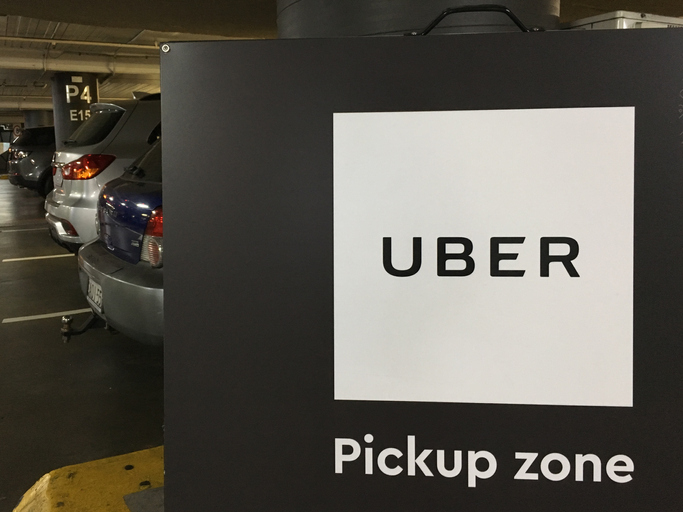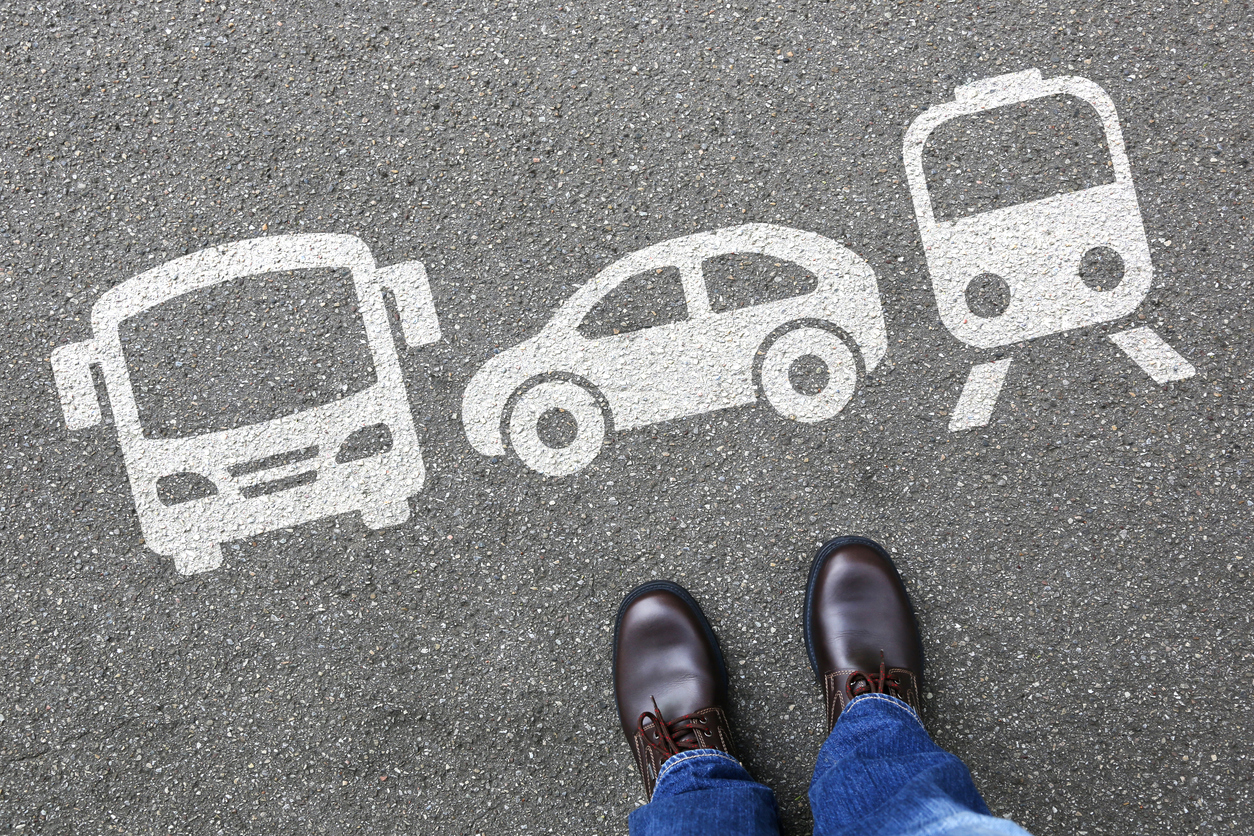Seattle has placed a target on the back of ridesharing companies Uber and Lyft for “taking” riders from transit and from unionized taxicabs. So, it’s no surprise that Uber is now attempting to protect itself by aligning with the city’s war on cars.
Every day Uber and Lyft provide more rides in Seattle than Sound Transit’s light rail, at more than 91,000 rides on an average day, compared to light rail’s 77,576. As The Seattle Times reported last year, Uber and Lyft didn’t just replace taxicabs – they obliterated them. While taxis “provided just over 5.2 million trips in 2012,” Uber and Lyft “are on pace to provide more than 31 million trips this year.”
Some experts attribute recent national decline in transit ridership to the increasing popularity of ridesharing services. According to a UC Davis transportation study, 49 to 61 percent of all trips taken via Uber or Lyft would have otherwise been made on transit. A handful of cities have proposed or are considering imposing punitive taxes on all Uber and Lyft rides in the city, punishing commuters for not making the travel choice government officials and urban planners want.
Perhaps to keep Seattle from hurting their bottom line and to keep officials at bay in their efforts to unionize the company, Uber executives are supporting congestion pricing. This week, Uber released a report supporting the concept of congestion pricing and analyzing ways to target commuters who drive to Seattle each day for work.
Uber has been a key booster for congestion pricing in New York, where they have been blamed for worsening traffic congestion and hurting mass transit. According to The New York Times, the company “spent more than $2 million to support the proposal” and paid lobbyists “more than $1 million…since 2017 and spent nearly $200,000 on television ads and phone calls to support congestion pricing.”
This study is just the first step in a long political effort in Seattle.
It is obvious that the study primarily benefits Uber. Drivers coming into Seattle would be tolled as high as $3.80 per day during peak travel times to theoretically save six minutes on average trips.
Any driver who pays a toll to enter the city for work will have an incentive to stay within city boundaries and take Uber for meetings, errands, or other trips they might need during the workday, so they don’t have to pay again. This is in addition to the existing incentive to use ridesharing rather than paying for parking. Uber has the advantage in attracting these customers, and if the company is not exempt, in paying a single entrance fee into the city to then drive around as much as they want. This reveals that Uber is probably less concerned about relieving traffic congestion than they are about being blamed for it.
Uber’s congestion pricing scheme promises transit agencies higher ridership, higher cost recovery, and improved performance of buses. They also identify the most important winners of such a proposal – wealthy motorists and “clients of government programs if tolls are used to finance an expansion of government services.”
Uber claims it cares about improving mobility and people’s quality of life, but that conflicts with urban “livability” principles they announced they support.
One of those principles includes “prioritizing people over vehicles,” which means cities will “discourage the use of cars, single-passenger taxis, and other oversized vehicles transporting one person.” Explaining these efforts, Uber’s head of transportation policy and research said, “More people in more efficient vehicles, and out of vehicles altogether, that’s how I’d summarize it.”
Overall, Uber’s proposal would harm mobility for ordinary families. The report acknowledges that 44% of those who pay the tolls will be families whose trips originate outside of Seattle – people who cannot afford to live in the city and walk or bike a few blocks to work. To add insult to injury, their scheme diverts the money working families would pay to already well-funded local transit. They project that transit trips into downtown will increase only 4%, primarily among people who live close to downtown Seattle already.
To minimize the unfairness of their plan, Uber proposes a toll rebate program for low-income households through their employers. They claim that “those households eligible for the e-purse and other rebates would receive $50 million while paying $31 million in tolls.” They argue that congestion pricing “generates revenue, from those who burden capacity, to invest in new transportation services where and when they are really needed.”
Uber rejects the idea that congestion pricing is unfair and creates a pattern of winners and losers, yet in the same breath, admits many people would be priced off the road. They call those people “drivers with low time values.”
There are a couple theories as to why Uber is taking this approach. First, releasing their own congestion pricing study allows the ridesharing company to carve out preferential treatment in terms of how the tolls would apply to them. It could be a pre-emptive political effort to have their version of congestion pricing prevail, so that Seattle officials do not succeed in targeting them with similar or even more punitive tolls.
One congestion pricing tool Seattle is looking at is the Road Usage Charge – which would differ from Uber’s proposal in that rather than paying a single entrance fee into the city, all drivers would pay variable rates for every mile they drive, with the highest rates being at the busiest hours. This is a far worse scenario for Uber. While the company could probably afford a single entrance fee into the city to then drive around as much as they want, paying for the number of miles they drive on city streets all day would cost them.
Tolling method aside, the proposal also appears to seek political favor with city officials, possibly to curb any repeat efforts to unionize the company or impose rideshare taxes.
This is typical of how politics solves problems, with a major impact on quality of life. Politicians and agency bureaucrats work with businesses who work out an arrangement that expands government and rewards politically compliant companies. Left out of the equation are the citizens who become the casualty of new restrictions and higher costs.





